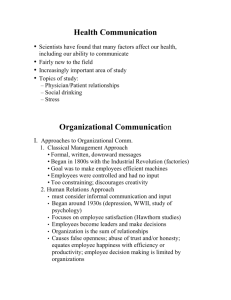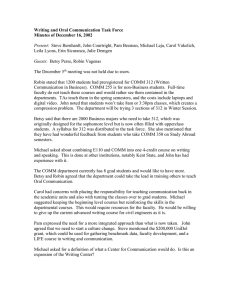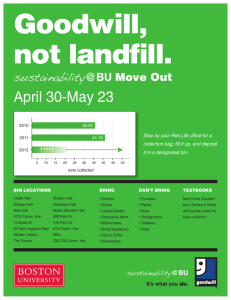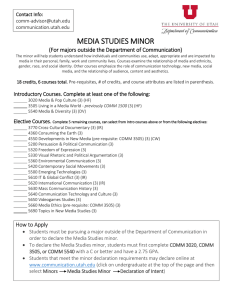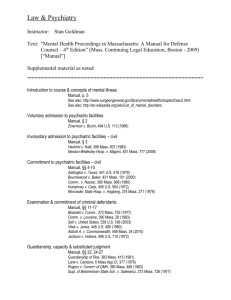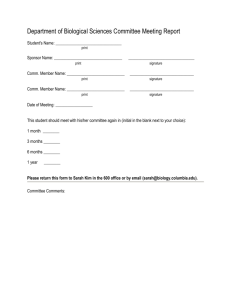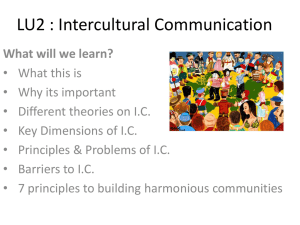Journalism Sequence Overview
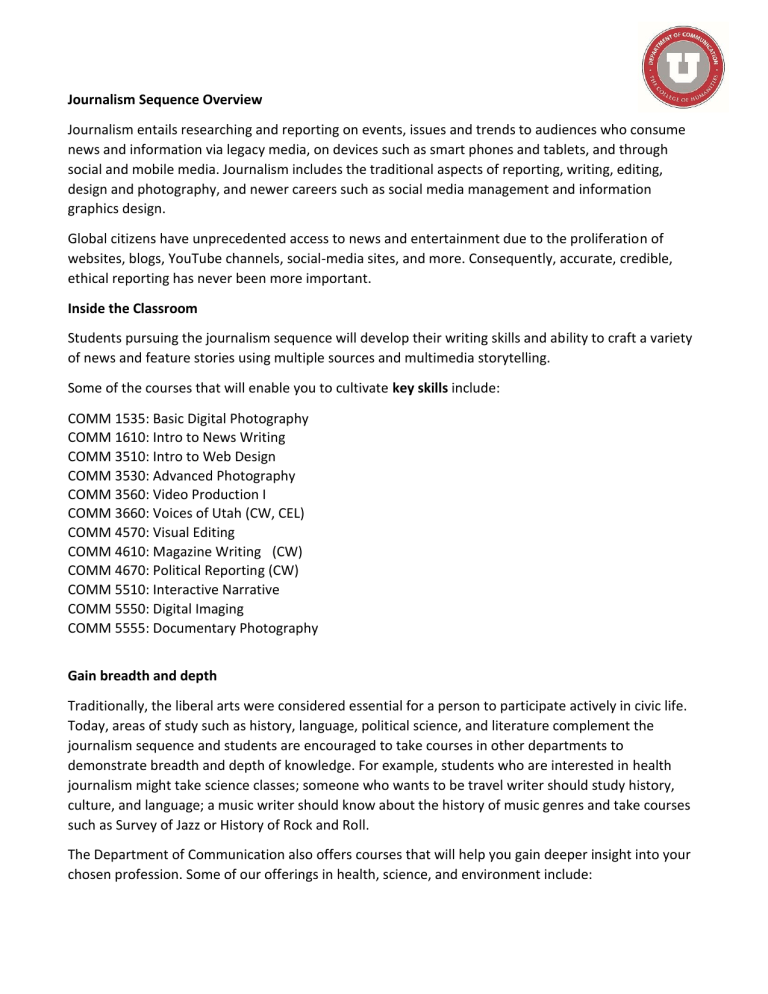
Journalism Sequence Overview
Journalism entails researching and reporting on events, issues and trends to audiences who consume news and information via legacy media, on devices such as smart phones and tablets, and through social and mobile media. Journalism includes the traditional aspects of reporting, writing, editing, design and photography, and newer careers such as social media management and information graphics design.
Global citizens have unprecedented access to news and entertainment due to the proliferation of websites, blogs, YouTube channels, social-media sites, and more. Consequently, accurate, credible, ethical reporting has never been more important.
Inside the Classroom
Students pursuing the journalism sequence will develop their writing skills and ability to craft a variety of news and feature stories using multiple sources and multimedia storytelling.
Some of the courses that will enable you to cultivate key skills include:
COMM 1535: Basic Digital Photography
COMM 1610: Intro to News Writing
COMM 3510: Intro to Web Design
COMM 3530: Advanced Photography
COMM 3560: Video Production I
COMM 3660: Voices of Utah (CW, CEL)
COMM 4570: Visual Editing
COMM 4610: Magazine Writing (CW)
COMM 4670: Political Reporting (CW)
COMM 5510: Interactive Narrative
COMM 5550: Digital Imaging
COMM 5555: Documentary Photography
Gain breadth and depth
Traditionally, the liberal arts were considered essential for a person to participate actively in civic life.
Today, areas of study such as history, language, political science, and literature complement the journalism sequence and students are encouraged to take courses in other departments to demonstrate breadth and depth of knowledge. For example, students who are interested in health journalism might take science classes; someone who wants to be travel writer should study history, culture, and language; a music writer should know about the history of music genres and take courses such as Survey of Jazz or History of Rock and Roll.
The Department of Communication also offers courses that will help you gain deeper insight into your chosen profession. Some of our offerings in health, science, and environment include:
COMM 3115: Communication Science, Health & the Environment
COMM 3580: Strategic Health Communication
COMM 5115: Health Communication
COMM 5116: Health, Communication & Culture
COMM 5117: Health Campaigns & Media
COMM 5360: Environmental Communication
COMM 5370: Environmental Conflicts
Outside the Classroom
The ability to write well – and quickly and succinctly – is invaluable to companies and industries.
Moreover, the ability to ask the right questions, think critically about issues, and present information in a variety of formats will help you in any career. The Department of Communication and The University of Utah offer invaluable opportunities to gain hands-on experience in public relations, social media, journalism, multimedia storytelling, broadcast (radio and television), and advertising by working for one or more of the following:
Absolute Communication
Continuum Magazine
Daily Utah Chronicle
Hinckley Journal of Politics
K-UTE Radio
Newsbreak
Quarterly West Magazine
The Sponge
Utah Foreign Language Review
Venceremos
Western Humanities Review
Students also are encouraged to seek one or two off-campus internships during their undergraduate career.
UCareerPath is a good place to begin your search. Consider, too, a communication-related internship in Washington, D.C., or the European Union. The Department of Communication has partnered with the U’s Hinckley Institute to help place students in summer or semester-long positions with media outlets, nonprofits, governments, businesses, think tanks, NGOs, and more.
